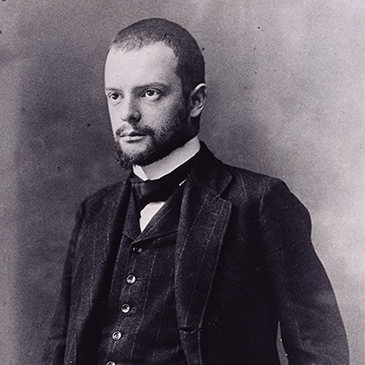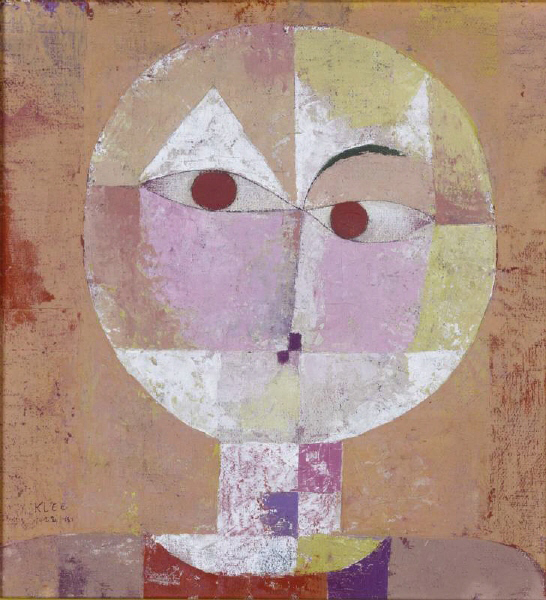Wilhelm Worringer's thesis, Empathy and Abstraction (1907) had a large influence on Klee's perspectives on abstract art. The thesis surfaced that abstract art came about during a period of war. Around three months later Paul returned from Tunis, World War I broke out.
Though he had been called to duty in 1916, he wasn't placed in the front line. Meanwhile, he had been successful financially, particularly after a large Berlin exhibition in Der Sturm Gallery.
The artist was quite reserved in his remarks concerning the war. Nevertheless, in November 1918 he didn't hesitate to take a position on the Executive Committee of Revolutionary Artists when a communist government was announced in Munich. Shortly after that, the November Revolution failed, and Paul returned to Switzerland.
The Staatliches Bauhaus in Weimar encouraged Klee to instruct in 1920, and he accepted. The Bauhaus was an influential school of industrial design and design that strived to provide students with a foundation in each the visual arts.
Klee left the Bauhaus in 1930 to visit the art academy in Dusseldorf, but this brief period of calm came to an end on January 30, 1933, when Hitler became the Chancellor of Germany.
The artist was denounced as a 'cultural Bolshevik' and a 'Galician Jew', while his work was derided as 'mad' and 'subversive'. His Dessau house was searched, and he was dismissed from his teaching position in April 1933.
Paul, two or three years later returning to Switzerland, fell ill with a disease that was diagnosed as advanced scleroderma. It may be described as an autoimmune disease that hardens body organs and skin.
When he was sick, the artist made only 25 functions, but his creativity was revived in 1937, increasing to a record 1,253 in 1939. Klee's late works dealt with resilience, pain, despair, and approval of approaching death.
Some of Paul's works were included in the 'Degenerate Art' exhibition that was staged in 1937 by National Socialists in Munich. The accusations against his politics and character that was waged against him in Germany interfered with his 1939 program for Swiss citizenship.
Under Swiss law, Klee was a German since his father was German, even though the artist was born in Switzerland. Paul Klee died in Locarno, Switzerland on June 29, 1940, before his final program for citizenship could be accepted.



